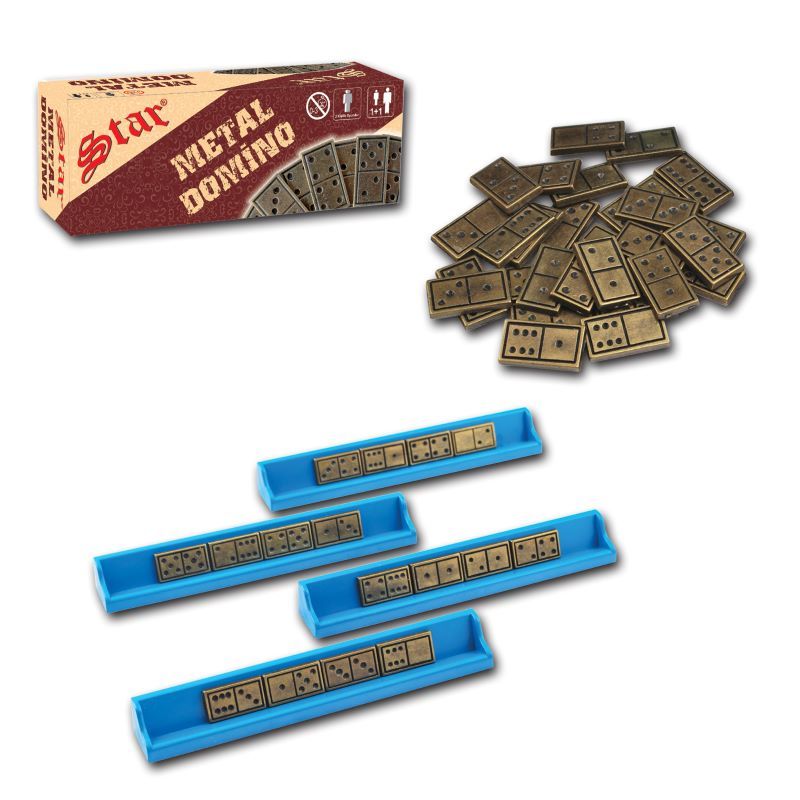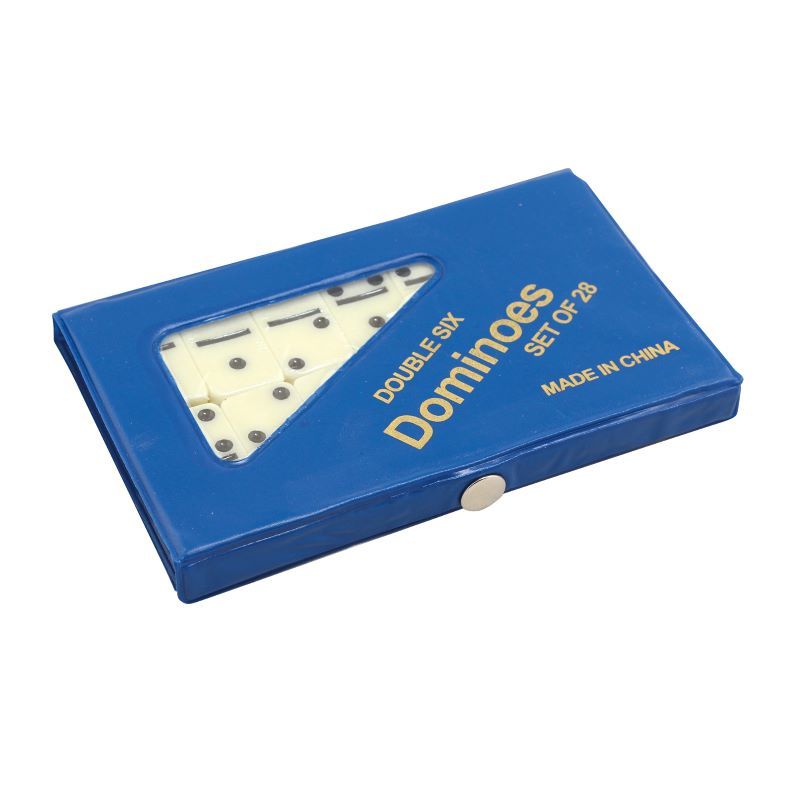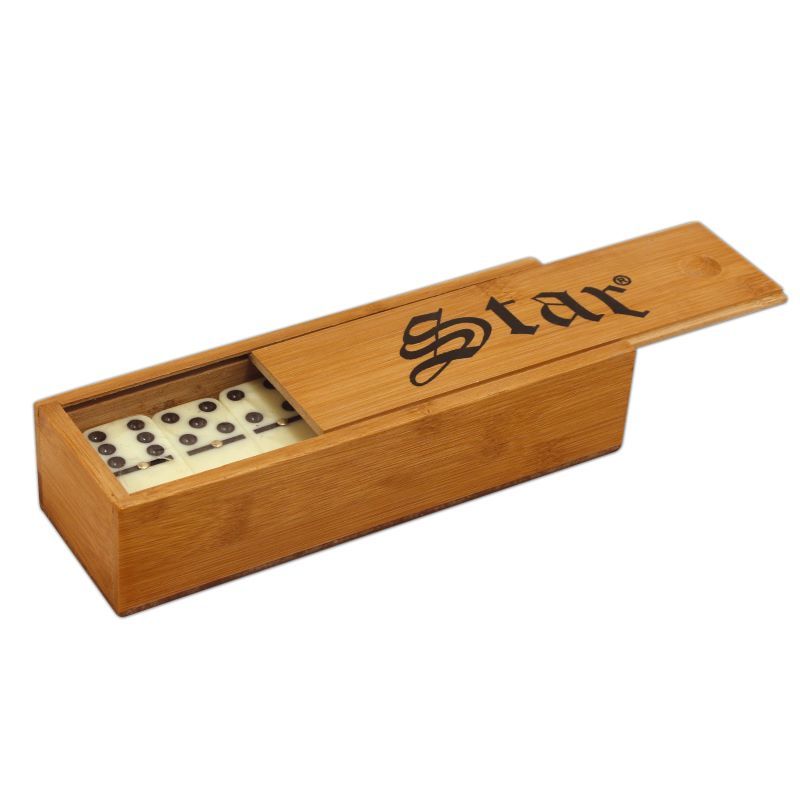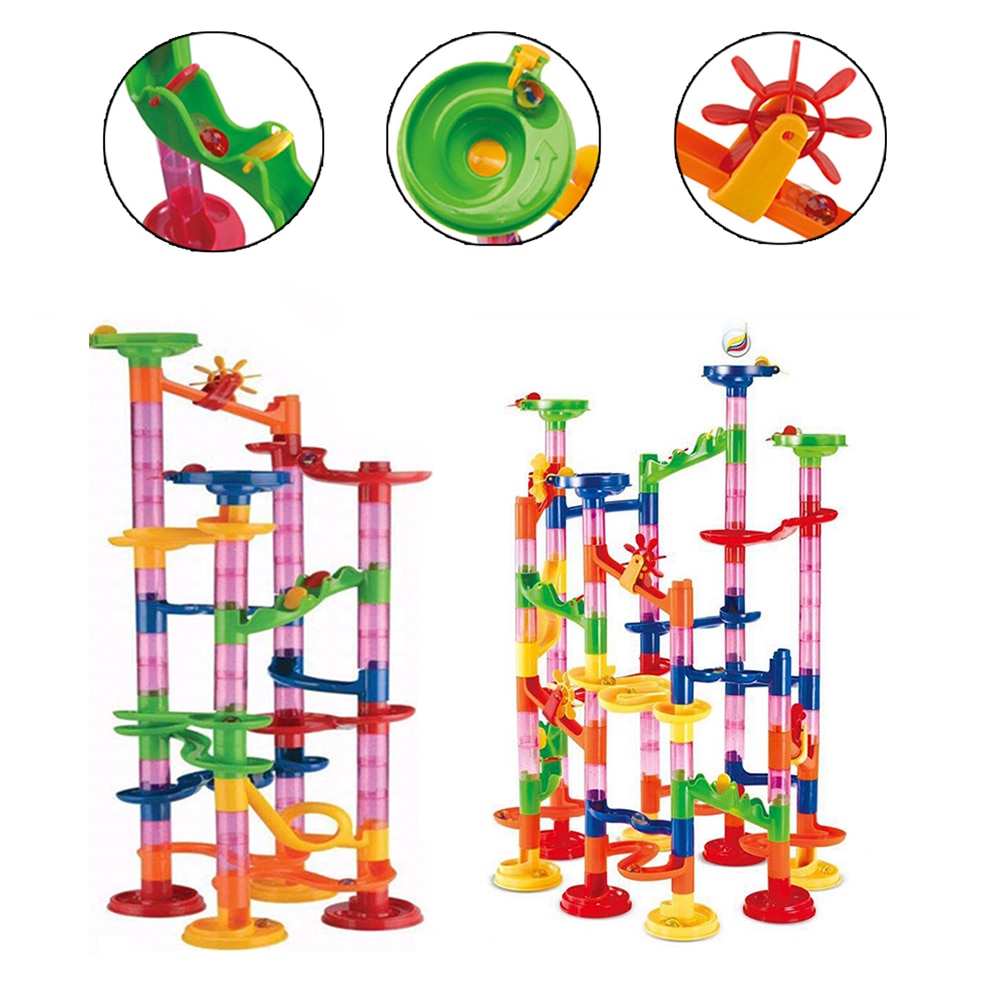Description






How To Play With Dominoes
The most popular type of play are layout games, which fall into two main categories, blocking games and scoring games. Most domino games are blocking games, i.e. the objective is to empty one’s hand while blocking the opponent’s. In the end, a score may be determined by counting the pips in the losing players’ hands. In scoring games, the scoring is different and happens mostly during game play, making it the principal objective.[12] A popular version played predominantly in Singapore, referenced as Hector’s Rules, allows for playing double tiles on opponents’ hands and awards a bonus play of an additional tile immediately after playing a double tile. If an opponent lays all their tiles on their turn, the game is a tie. Blocking game The most basic domino variant is for two players and requires a double-six set. The 28 tiles are shuffled face down and form the stock or boneyard. Each player draws seven tiles from the stock. Once the players begin drawing tiles, they are typically placed on-edge in front of the players, so each player can see their own tiles, but none can see the value of other players’ tiles. Every player can thus see how many tiles remain in the opponent’s hands at all times during gameplay. One player begins by downing (playing the first tile) one of their tiles. This tile starts the line of play, in which values of adjacent pairs of tile ends must match. The players alternately extend the line of play with one tile at one of its two ends; if a player is unable to place a valid tile, they must continue drawing tiles from the stock until they are able to place a tile. The game ends when one player wins by playing their last tile, or when the game is blocked because neither player can play. If that occurs, whoever caused the block receives all of the remaining player points not counting their own.[11] Scoring game Players accrue points during game play for certain configurations, moves, or emptying one’s hand. Most scoring games use variations of the draw game. If a player does not call “domino” before the tile is laid on the table, and another player says domino after the tile is laid, the first player must pick up an extra domino.[citation needed] Draw game In a draw game (blocking or scoring), players are additionally allowed to draw as many tiles as desired from the stock before playing a tile, and they are not allowed to pass before the stock is (nearly) empty.[11] The score of a game is the number of pips in the losing player’s hand plus the number of pips in the stock. Most rules prescribe that two tiles need to remain in the stock.[12] The draw game is often referred to as simply “dominoes”.[14] Adaptations of both games can accommodate more than two players, who may play individually or in teams.[11] Line of play Muggins played with multicolored tiles: The doubles serve as spinners, allowing the line of play to branch. The line of play is the configuration of played tiles on the table. It starts with a single tile and typically grows in two opposite directions when players add matching tiles. In practice, players often play tiles at right angles when the line of play gets too close to the edge of the table. The rules for the line of play often differ from one variant to another. In many rules, the doubles serve as spinners, i.e., they can be played on all four sides, causing the line of play to branch. Sometimes, the first tile is required to be a double, which serves as the only spinner.[12] In some games such as Chicken Foot, all sides of a spinner must be occupied before anybody is allowed to play elsewhere. Matador has unusual rules for matching. Bendomino uses curved tiles, so one side of the line of play (or both) may be blocked for geometrical reasons. In Mexican Train and other train games, the game starts with a spinner from which various trains branch off. Most trains are owned by a player and in most situations players are allowed to extend only their own train. Scoring In blocking games, scoring happens at the end of the game. After a player has emptied their hand, thereby winning the game for the team, the score consists of the total pip count of the losing team’s hands. In some rules, the pip count of the remaining stock is added. If a game is blocked because no player can move, the winner is often determined by adding the pips in players’ hands.[12] In scoring games, each individual can potentially add to the score. For example, in Bergen, players score two points whenever they cause a configuration in which both open ends have the same value and three points if additionally one open end is formed by a double.[15][16] In Muggins, players score by ensuring the total pip count of the open ends is a multiple of a certain number. In variants of Muggins, the line of play may branch due to spinners. In British public houses and social clubs, a scoring version of “5s-and-3s” is used. The game is normally played in pairs (two against two) and is played as a series of “ends”. In each “end”, the objective is for players to attach a domino from their hand to one end of those already played so that the sum of the end dominoes is divisible by five or three. One point is scored for each time five or three can be divided into the sum of the two dominoes, i.e. four at one end and five at the other makes nine, which is divisible by three three times, resulting in three points. Double five at one end and five at the other makes 15, which is divisible by three five times (five points) and divisible by five three times (three points) for a total of eight points. An “end” stops when one of the players is out, i.e., has played all of their dominoes. In the event no player is able to empty their hand, then the player with the lowest domino left in hand is deemed to be out and scores one point. A game consists of any number of ends with points scored in the ends accumulating towards a total. The game ends when one of the pair’s total score exceeds a set number of points. A running total score is often kept on a cribbage board. 5s-and-3s is played in a number of competitive leagues in the British Isles.








